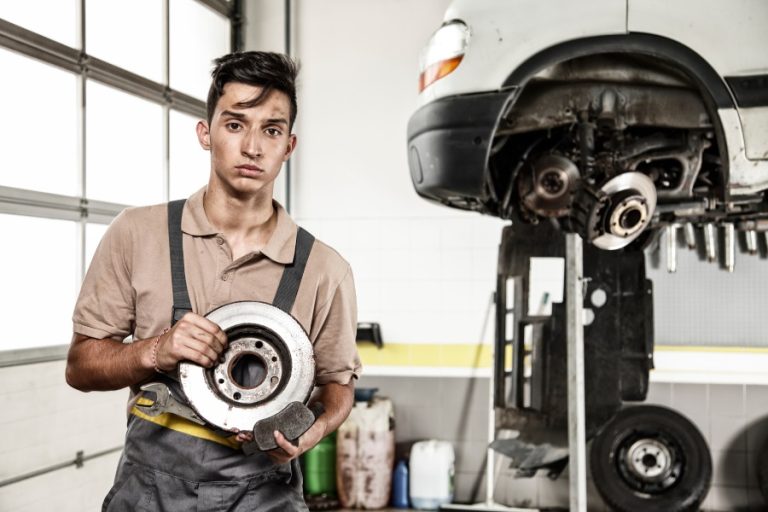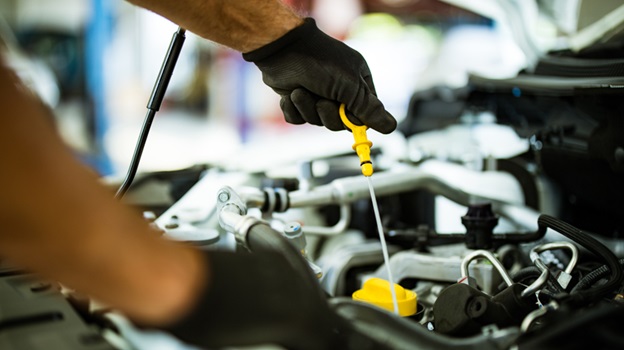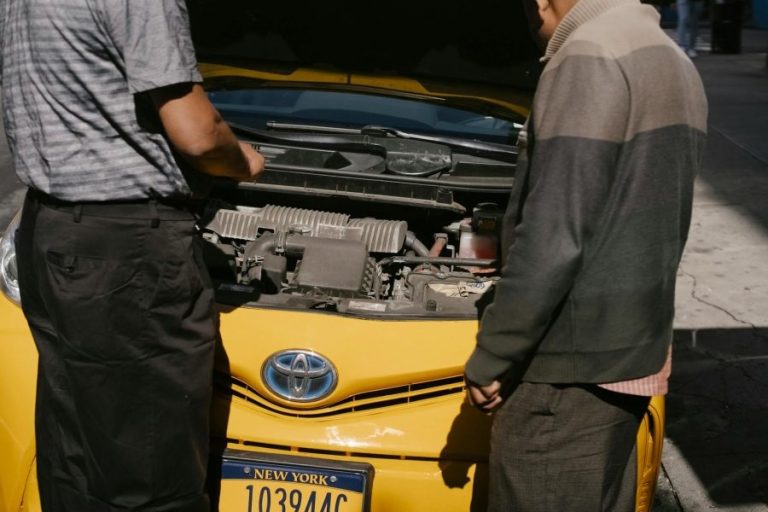A wiring harness is essentially the circulatory system of your vehicle’s electrical setup, channeling power to and from the battery, sensors, lights, and control modules. When the harness begins to fail—due to fraying wires, loose connectors, or insulation wear—it can cause a constant, unintended flow of electricity, known as a parasitic drain. This silent loss often goes unnoticed until your car struggles to start, especially after sitting overnight. A weak battery can be a symptom, not the source, of the real problem hiding deep in the vehicle’s wiring.
Short Circuits and Power Loops That Never Sleep
One of the main culprits behind parasitic battery drain is a short circuit in the wiring harness. These shorts can create low-resistance paths that allow current to flow even when the vehicle is turned off. In some cases, malfunctioning modules or relays may stay powered because of a bad ground or faulty wire within the harness, keeping components like infotainment units, dome lights, or sensors partially active. Over time, this constant current draw can drain the battery to the point of failure. There comes the smart choices for the European Auto Repair in Nova Scotia, Canada based services with the smartest solutions.
Diagnosing the Invisible: Why It’s Hard to Track
Tracking down a parasitic draw caused by a failing wiring harness is notoriously difficult. Unlike a blown fuse or a completely dead circuit, a parasitic drain may only pull a small amount of current—often within the range of 50-200 milliamps—but enough to empty your battery over time. Technicians use multimeters and amp clamps to monitor draw while methodically removing fuses to isolate the circuit. If the issue lies within a hidden section of the harness, such as under the carpet or behind panels, pinpointing the exact cause becomes a time-consuming challenge.
Signs to Watch For Beyond a Dead Battery
While repeated jump-starts scream “battery trouble,” don’t overlook the sneaky signs of a wiring harness problem. Dimming or flickering interior lights can be an early clue, as can seemingly random electronic glitches like a malfunctioning radio or power windows acting up. If you find yourself constantly replacing blown fuses, it’s a strong indicator that a short circuit is lurking within the wiring. Pay attention to whether the battery drains rapidly after using specific car features. A dying battery that coincides with using the radio or adjusting power seats could point to compromised circuits within the harness that are drawing excessive power. Ignoring these subtle signals can lead to more significant electrical failures and leave you stranded.
Prevention and Repair: Don’t Let It Drain You
If your vehicle consistently struggles with battery life, don’t dismiss it as a simple battery or alternator problem. Inspecting the wiring harness should be part of the diagnostic process. Addressing corrosion, securing grounds, and repairing damaged wires can stop the drain at its source. In some cases, replacing a damaged portion—or the entire harness—may be necessary. Catching and fixing wiring harness issues early not only preserves your battery but protects your vehicle’s entire electrical system from further damage.











